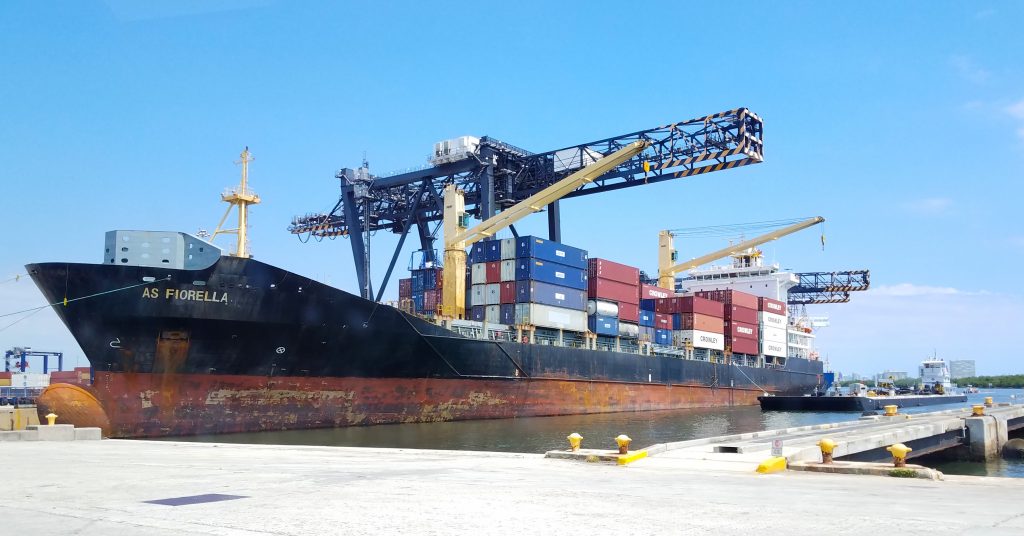
Enhancing the Resilience of Maritime Ports
Protecting critical infrastructure through advanced simulation and analysis
The Maritime Transportation System (MTS) is critical to global commerce and civilization. In 2017, more than 80% of global merchandise trade in volume and 67% of its value in 2017 [1] relied upon the MTS. Nationally, the MTS accounted for more than $4.6 trillion of economic activity, a quarter of the US GDP, in 2014 [2].
Shipping ports rely upon critical infrastructure systems to support more efficient business functions distributed across multiple stakeholders. Larger trade volumes and a desire by shippers for supply-chain transparency are driving increased adoption of automation and integration across multiple stakeholder systems.
As a result, intelligent adversaries have the ability to compose once-siloed threat models by viewing the port as a complex, system of systems. Our framework provides the means by which stakeholders can simulate multilayered networks to explore how changes in measures of performance in communications/IT networks translate via cross-infrastructure dependencies to affect measures of performance in stakeholder transportation networks (such as those defined in service contracts). Practically, this enables stakeholders in a security committee to run through what-if scenarios for theoretically-possible cyber attacks and understand how business processes would be affected.
Beta Access Now Available
We're currently accepting applications for beta access to the Port Disruption Tool. Join select organizations in testing and providing feedback on our advanced simulation platform.
Request Beta AccessBeta Program Highlights
- Early access to simulation tools
- Direct support from our team
- Shape the future of port security
Key Features
- Advanced Simulation
- Risk Analysis
- Threat Modeling
Benefits
- Enhanced Security
- Improved Efficiency
- Cost Reduction